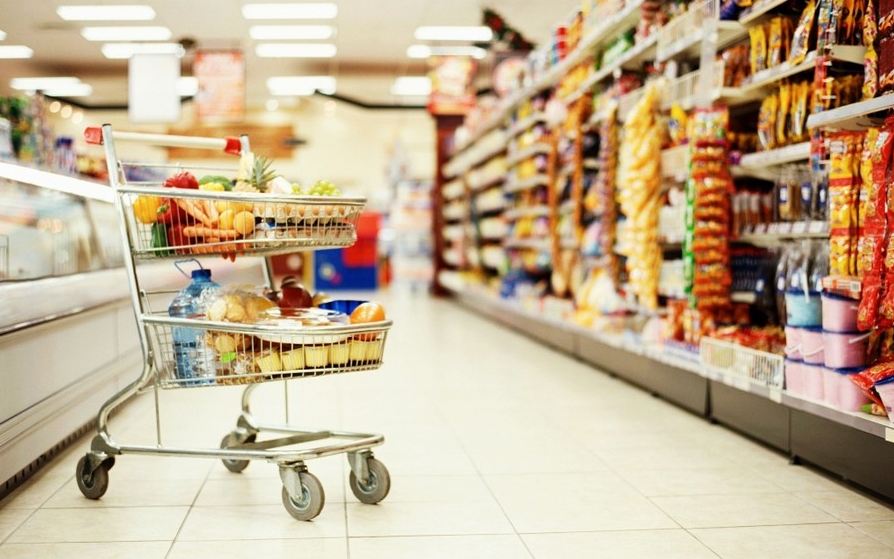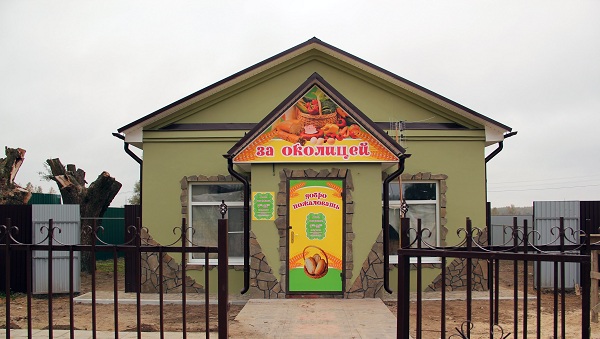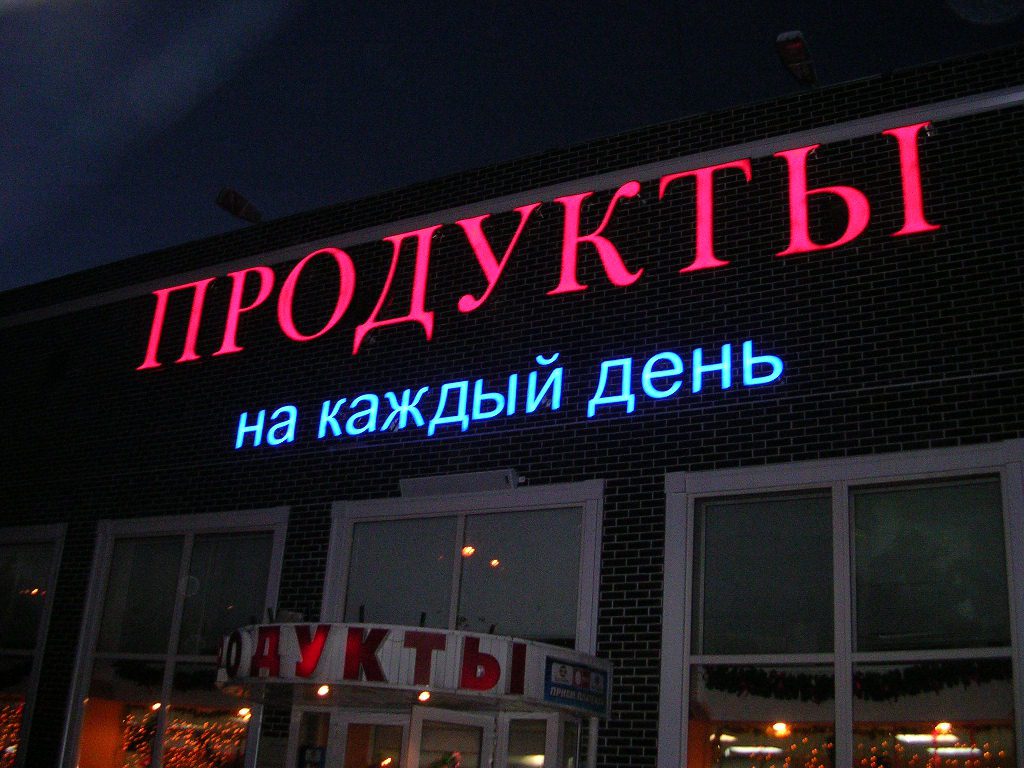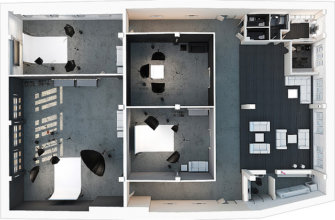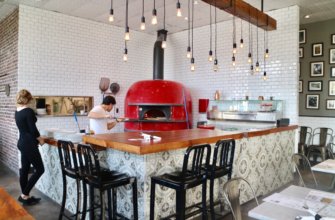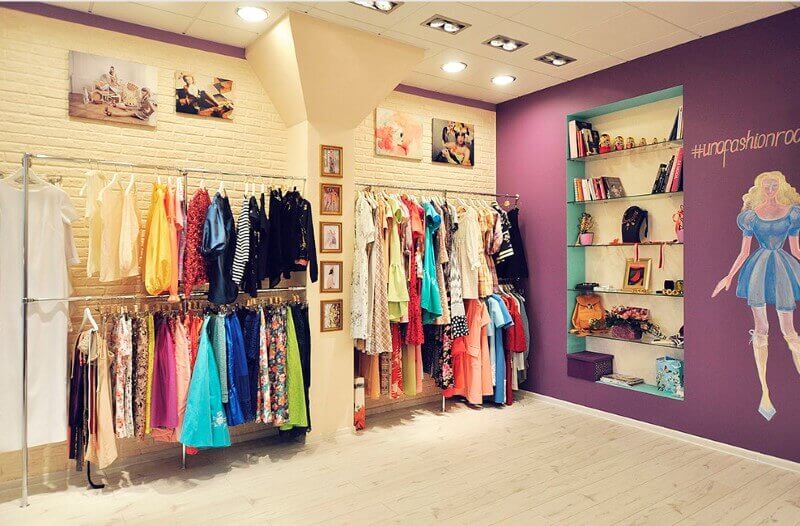Selling groceries is a profitable business that does not depend on crises, because people always need food. In this article we will consider a ready-made business plan for a grocery store with calculations for 2024.
Business description and market analysis
In theory, food always brings a good income, but in reality, competition in this field reduces the chances of success for beginners who are not ready for serious difficulties.
Most often on weekends, people in big cities (especially in Moscow or St. Petersburg) do a week's worth of shopping in hypermarkets. Some people make a big purchase only 1-2 times a month. But they can buy missing products, as well as perishable goods that need to be used quickly, in supermarkets or small stores near their homes. As for the regions, inexpensive chains ("Pyaterochka", "Magnit", "Dixie" and others) are developed here, so many residents do not see the point of going to a hypermarket - you can buy food as needed in any conveniently located store.
Major competitors:
- retail chains - hypermarkets;
- supermarkets located in busy areas;
- Gastronomes - sell everything a consumer needs, most often located on the main streets of residential areas;
- stores within walking distance, small stores located in courtyards;
- markets, including spontaneous markets.
To see just how much competition there is, all you have to do is look at the number and location of outlets selling groceries. Often grocery stores are located literally door to door.
Before opening, it is important to think through the assortment and pricing policy in accordance with the portrait of your potential audience. There is no universal algorithm - every businessman works it out for himself. For example, if in your neighborhood live mainly pensioners, it is reasonable to put the lowest possible prices and emphasize cereals, pasta, dairy products, bread. If there are many families with children around - there will be a demand for baby food, sweets, as well as groups of goods demanded by their parents (25-40 years old).
The standard assortment includes:
- Dairy products;
- Vegetables and fruits;
- Meat and sausage;
- Grocery;
- Sweets, candy, pastries;
- Alcoholic and non-alcoholic beverages;
- Household chemicals and necessities;
- Animal feed.
Standard hours of operation are 8:00 a.m. (9:00 p.m.) to 9:00 p.m. (10:00 p.m.) each day.
To run a profitable store must understand the specifics of working with products, because many of them have a small shelf life - they need to be quickly realized, so as not to go into the minus. In addition, it is necessary to purchase only marketable goods, and stale products should be sold at a reduced price to partially compensate for losses.
Plan for opening a store with a budget of 700,000 rubles
Let's outline the business plan for a small grocery store located in a neighborhood on the outskirts of a city with a population of more than 300,000 people.
Registration of a grocery store
The recommended form of business is a sole proprietorship. You can register a business within a week, the state duty is 800 roubles. If you have several co-founders or are planning to launch a chain of stores, it is better to choose the LLC form.
The optimal code for business registration will be OKVED - 52.11 - Retail trade in non-specialized stores mainly in food products, including beverages, and tobacco products. Additional codes may be used.
A permit from the fire brigade will be required. The room should not be in the basement (not lower than the first floor), it is important to have a fire extinguisher and an emergency exit.
To obtain a permit for compliance with the norms from the SES will require contracts for garbage disposal, sanitary treatment of the store, disposal of food waste, medical books for all staff.
You also need to get a license to sell tobacco products and alcohol.
All documents and licenses (copies) must be placed in the consumer's corner. Quality certificates and the book of complaints and suggestions shall also be placed there.
The optimal taxation system is the simplified taxation system (UTII), where the amount of tax is fixed and does not depend on the region.
Premises for a grocery store
The store premises should be located no further than 150 meters from several high-rise buildings. Their residents (about 2,000 people) are your target audience.
The area is 20 m2 to 60 m2;
Need water, sewer, electricity of sufficient capacity to connect refrigerators, and utilities.
Format of the premises - supermarket or counter store (for a small-sized store)
It is desirable that it should have cosmetic repairs and all the necessary communications. The optimum cost is 30,000-50,000 roubles per month. It is desirable to lay the groundwork for future development, to make an advance payment of 6 months' rent - 180,000-300,000 roubles.
Equipment
Sample equipment list:
- Shelving ,
- refrigerated display case,
- refrigerated cabinet,
- freezer,
- packing table,
- scales,
- slicer,
- KMC
This is about 250,000 roubles. The same amount includes the purchase of a cash register and simple furniture to equip the staff's living area.
The first purchase of products is 200,000 roubles. This is the minimum amount of investment in the assortment, if possible, it is desirable to increase it.
There is also the option of buying ready-made premises. But its cost will start at 2,000,000 roubles. It is worth the gamble if the retail space is taken over together with the equipment.
Grocery store personnel
You will need 2 cashiers and 2 salespeople working in shifts, a cleaner, an accountant and a merchandiser. If it is a counter store, 2 cashiers will suffice.
About, how to conduct a proper job interview, we described in the corresponding article.
Suppliers
There is no shortage of suppliers in both regional centers and provincial towns. This allows you to choose the most favorable offers. Usually suppliers are large wholesale bases, which themselves bring products to the store in accordance with the order made by the merchandiser. Delivery time is 1 day for bread and perishable products, up to 3 days for everything else.
Many suppliers offer bonuses. For example, a company that markets juice, mineral water or other drinks will offer to put its branded refrigerator in the store. The occupied space is paid for. The more promoted the point of sale, the more offers, and accordingly, the higher the payment.
A contract is concluded with each supplier. It is desirable to have your own standard model. Pay particular attention to the deferral of payment (the longer it is, the more favorable it is for you). Usually the deferral is 14-30 days from the date of delivery. Also pay attention to the conditions for returning products.
Marketing and advertising
For a small store, it makes sense to run advertising within the neighborhood where the space is located.
- Grand opening with discounts on the first day,
- flyers, leaflets,
- outdoor advertising,
- elevator ads,
- bonus and accumulation program for regular customers.
Think through your competitive advantages - slightly lower prices, thoughtful assortment, quality control, availability of your cooking (salads, baked goods, etc.), bonuses to regular customers, delivery options.
Another effective means of influencing customers is the correct positioning of goods on display cases and in refrigerators. For this purpose, merchandisers - specialists in this field - are hired. Often merchandisers are provided free of charge by large suppliers.
Expenses for opening a grocery store
With the calculations of our business plan we get 500,000 - 700,000 rubles.
The biggest expense items are the purchase of equipment and payment for the first batch of products.
This is a small amount that can be obtained from many banks under consumer lending programs. You can also take advantage of special offers under the state program for supporting small and medium-sized businesses.
It is now necessary to list the items of running costs according to our business plan:
- Taxes and contributions to the pension fund - 50,000. Provided that the store is on the simplified taxation system.
- Utility bills, including garbage pickup - 7,000.
- Salaries for a staff of 3 people: 2 salespeople, a cleaner and an accountant. To save money, you can use outsourcing - remote accounting. In total, you will have to spend about 70,000 on employees.
Total running costs in our business plan for the grocery store will amount to 127,000 roubles. Together with the estimated profit, the point of sale of groceries should earn about 200,000 roubles, which is quite realistic even for a small store.
Revenues and payback
On average, a grocery store pays for itself in a year. The estimated monthly income for a small point for the sale of groceries will amount to 60,000-65,000 roubles. But this is an average amount, which should not be expected immediately after opening. This time should be used to form a marketable assortment and promote the grocery store.
Lastly, we recommend watching an example of a business plan in the video:
Recommended reading:
- How to increase profits in a grocery store
- How to take a loan for business
- Coffee shop business plan with calculationsWhere do you start in setting up a grocery store?What expenses should be included in a grocery store business plan?How do you determine the assortment for a grocery store?

